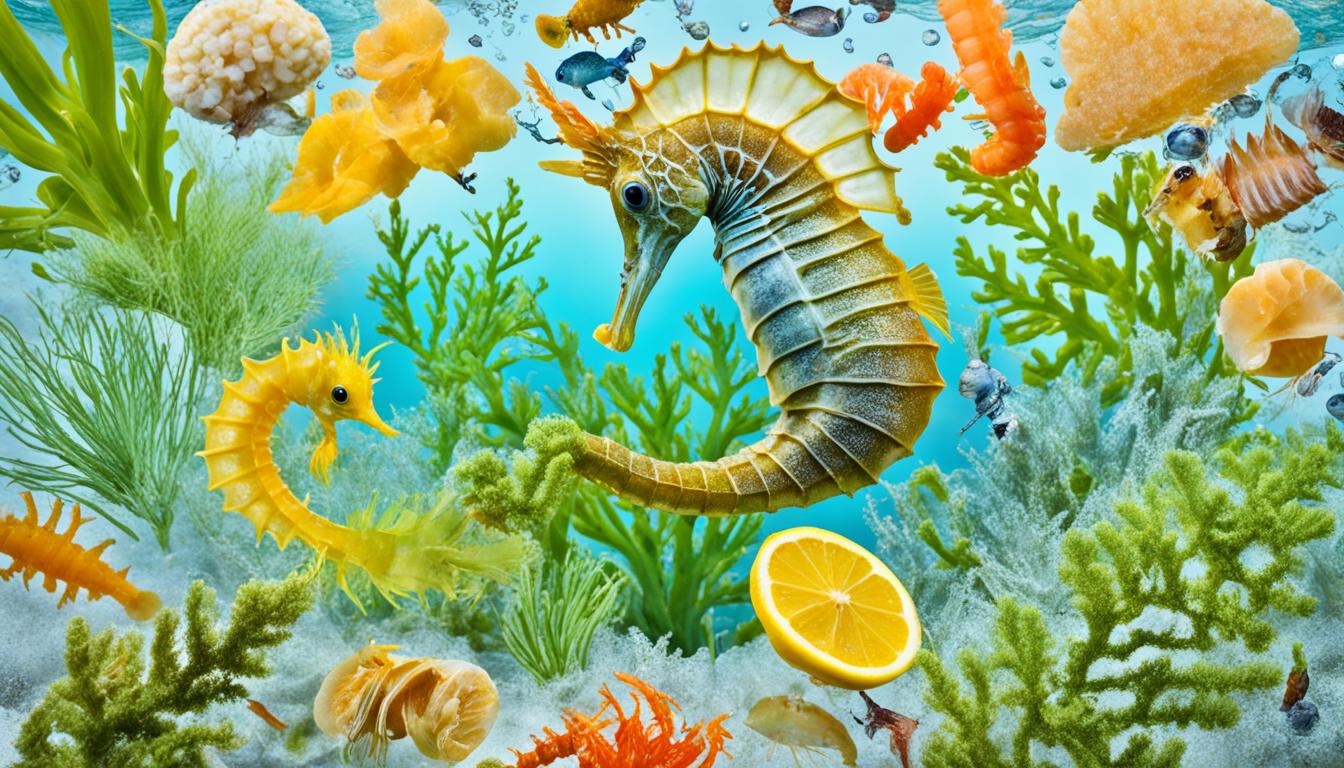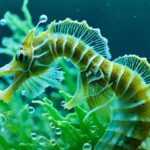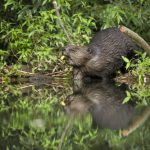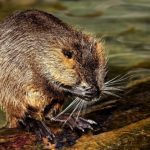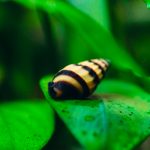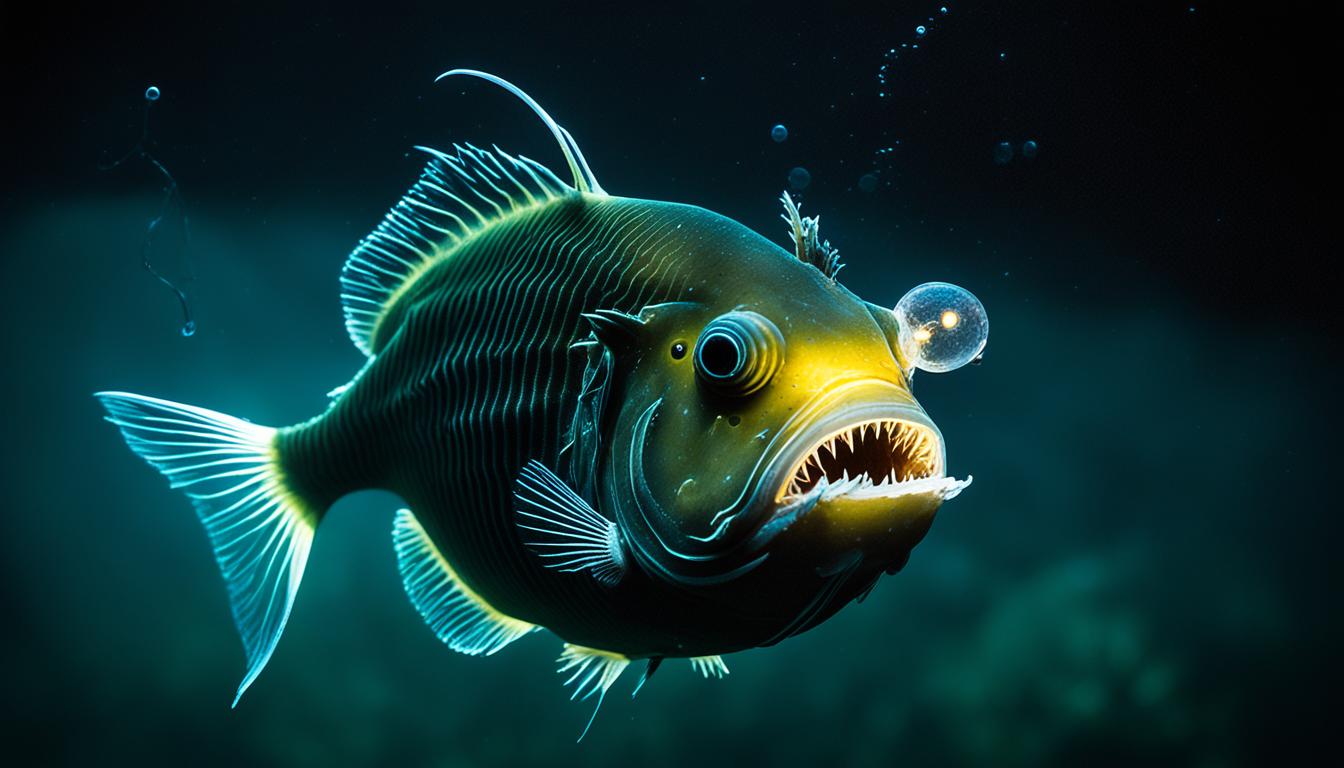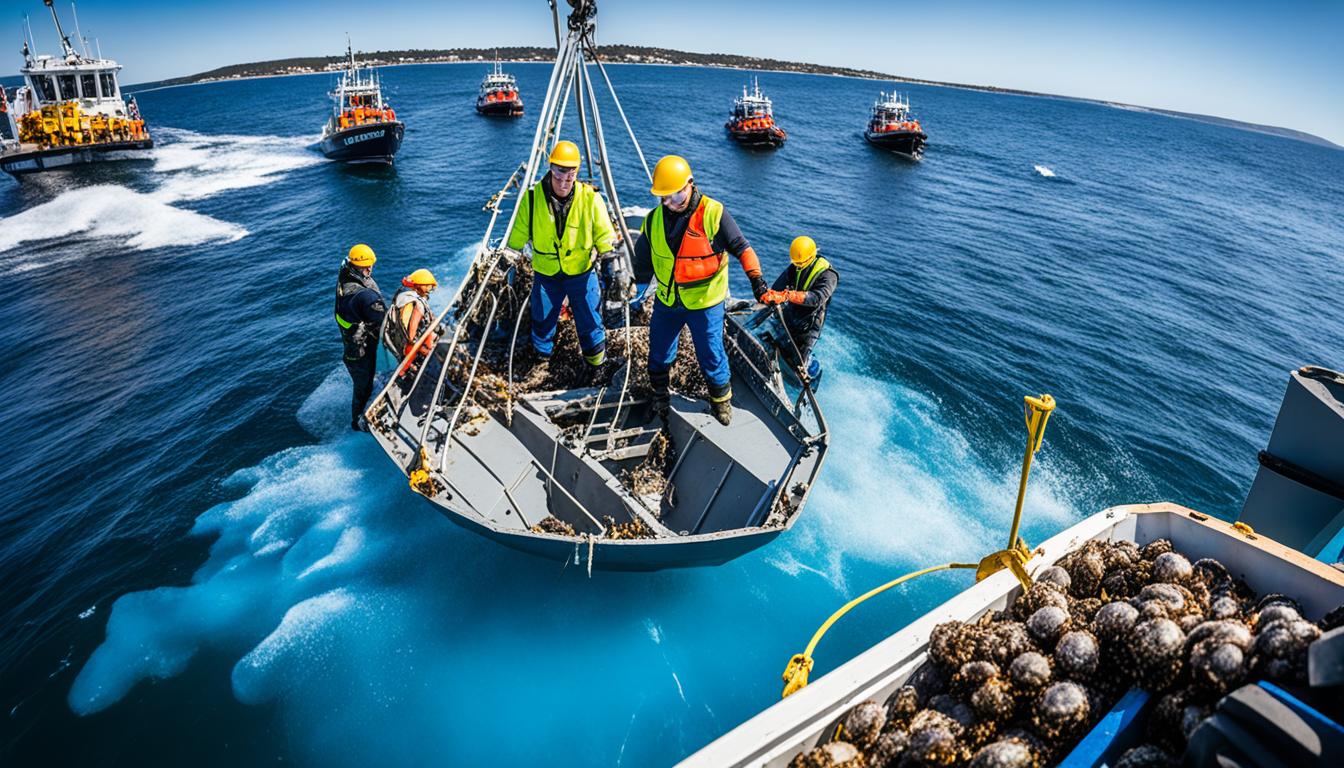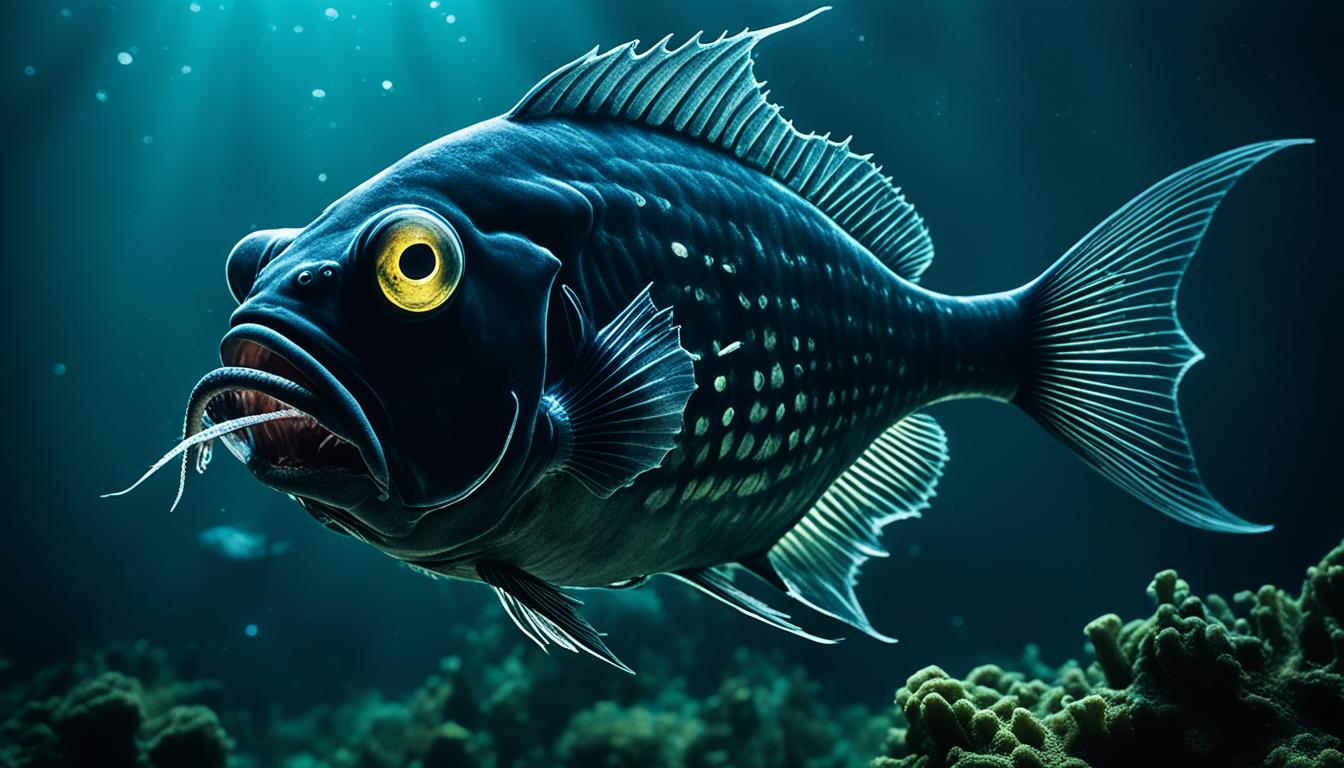Seahorses are fascinating marine animals that capture our interest. They belong to the genus Hippocampus and include at least 47 different species. Each species varies in size and where they live. Their diet mainly consists of small crustaceans and invertebrates like amphipods. They use a special snout to eat these foods.
Seahorses don’t have teeth or a stomach like many other fish. This makes their eating habits quite unique. Learning about their diet helps us understand their biology and their role in the ocean.
Understanding the Seahorse Diet
Seahorses are fascinating creatures that belong to the family Syngnathidae. They are known for their unique looks and behaviors. To understand how they survive, we must look into their diet and the different seahorse species.
What is a Seahorse?
Seahorses are small marine fish that look like horses because of their long bodies and tails. They can change color to talk to each other or hide from predators. These skills help them live well in their homes, where they blend in with plants underwater.
Common Seahorse Species
Some well-known seahorse species include:
- Australian Big-Bellied Seahorse: Known for its large brood pouch and size.
- Pygmy Seahorse: Considered one of the smallest, with its tiny stature blending perfectly with coral.
- Common Seahorse: Frequently found in seagrass beds and coastal waters, making it a typical example of the seahorse species.
Knowing about these common seahorse species is key for studying nature and saving them. Each type has its own traits, shaped by its home in shallow, warm waters of the Indo-Pacific and the West Atlantic.
What do seahorses eat?
Seahorses have specific eating habits that are key to their survival and health. They mainly eat small crustaceans. These include amphipods and copepods, which are crucial for their diet and the ecosystem they live in.
The Role of Crustaceans in Their Diet
Crustaceans are a big part of the seahorse diet. They are full of nutrients that help seahorses grow and reproduce. Eating crustaceans supports their health and feeding habits. In fact, a healthy seahorse eats about 30 to 50 crustaceans every day.
Feeding Frequency and Behavior
Seahorses have a unique way of eating because of their special body structure. They don’t have a traditional stomach, which affects how they digest food. So, they need to eat often to stay energized.
It’s important to protect their habitats to make sure they have enough food. This shows how their eating habits and the environment are connected.
Seahorse Feeding Habits in the Wild
Seahorses have fascinating feeding habits linked to their natural homes. Their diet and where they live are closely connected. They live in places like seagrass beds, mangrove roots, and coral reefs. These spots are full of food, making them perfect for seahorses.
Habitat and Prey Availability
Seahorses look for safe places with lots of food. Habitat availability is key to their diet. In seagrass meadows and mangroves, they find small crustaceans and plankton to eat. These spots help them hide and ambush their food, showing how important habitat is for their diet.
Adaptations for Feeding
Seahorses have special traits to help them eat. They’re not great swimmers but use their pectoral fins to stay still while hunting. They can change color to blend in with their surroundings. This helps them sneak up on their food in their complex homes.
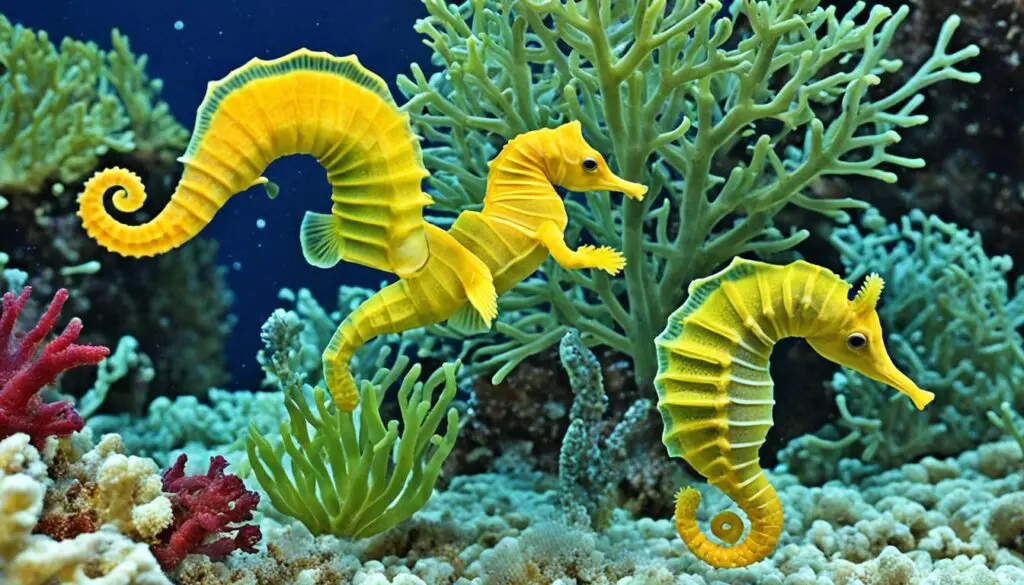
The Nutritional Needs of Seahorses
Seahorses need the right food for good health, whether they live in the wild or in tanks. They eat a lot of omega fatty acids, proteins, and vitamins. These foods help them live and reproduce well.
In the wild, seahorses eat small crustaceans. These foods give them the nutrients they need to grow and have babies.
Essential Nutrients for Seahorse Health
It’s important to feed your seahorses a balanced diet. They need omega-3 fatty acids for their cells, proteins for muscles and energy, and vitamins A, D, and E for their immune system. Supplements like Mysis-Feast® and Arcti-Pods® can help if you keep seahorses in tanks.
Comparing Wild and Captive Diets
Wild seahorses mostly eat crustaceans. But, diets for seahorses in tanks often don’t have enough variety. It’s key to feed them like they would in the wild to keep them healthy.
Checking the food you give them often is a good idea. This way, you can make sure they stay healthy and live a long life in their tanks.

